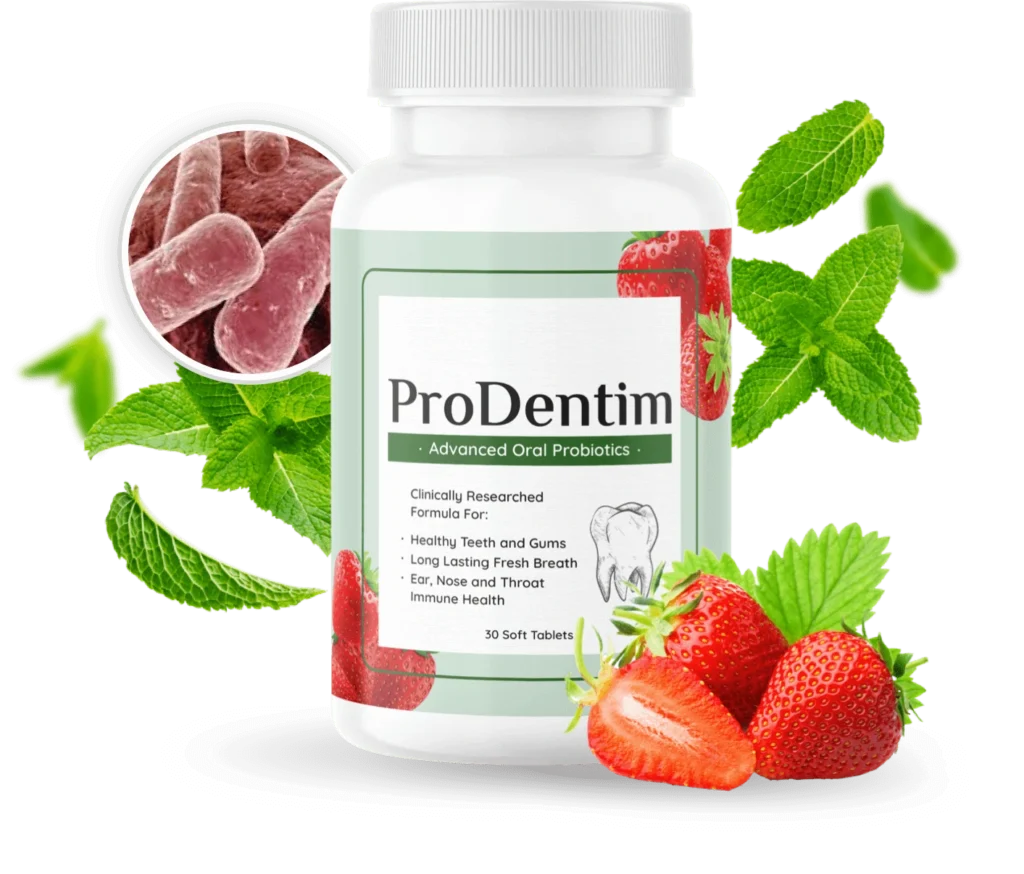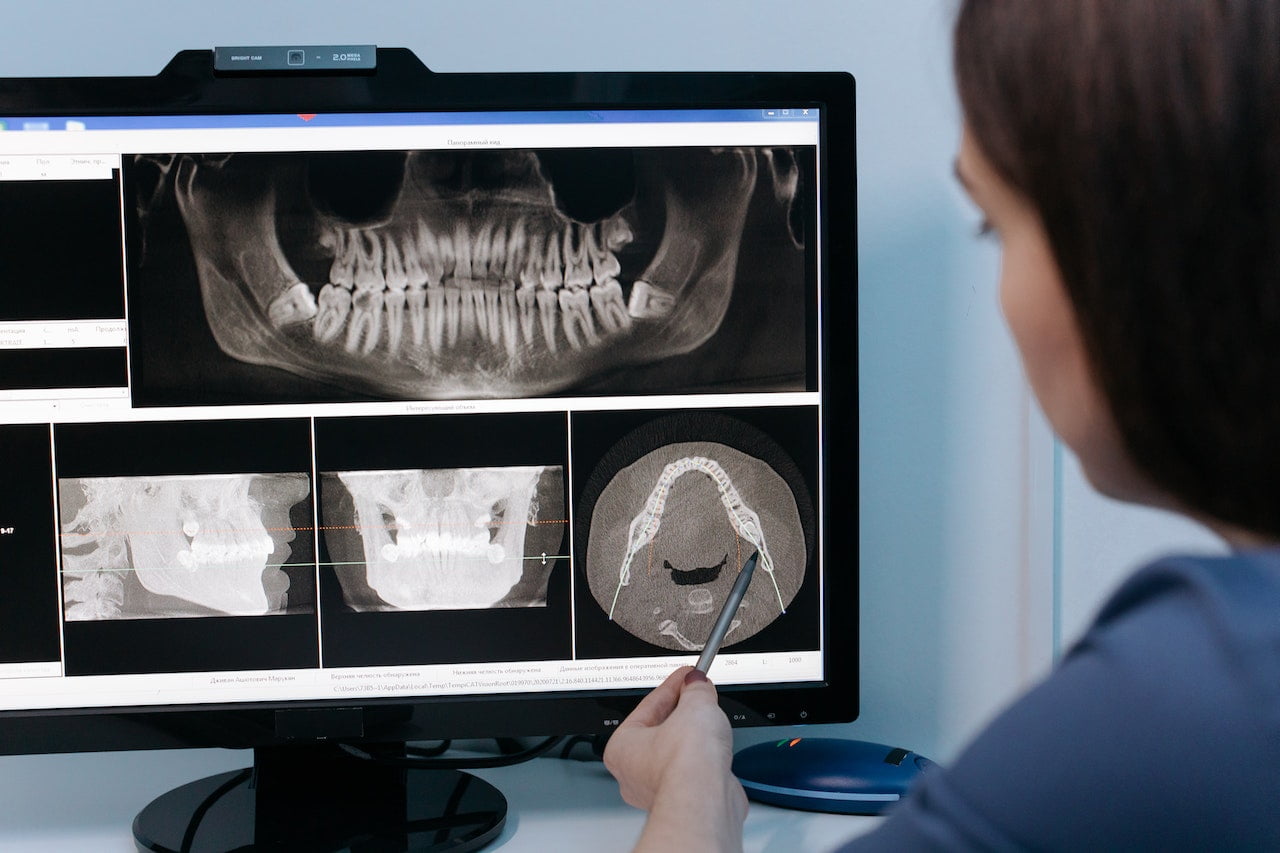Dental X-rays are an important part of preventive care and diagnosing certain dental issues. While these X-rays have been used in dentistry for many years, it is important to ask questions about their safety and understand the risks they may pose. This article will explore the potential risks associated with dental X-rays, as well as other factors that need to be considered when deciding whether or not to have them.
Types of Dental X-Rays
Dental x-rays are a common diagnostic tool used by dentists to assess the health of a patient’s teeth. They allow dentists to detect possible dental issues and problems before they become more serious. There are several different types of dental x-rays that can be used depending on the particular needs of the patient.
The most common type is called a bitewing, which is typically used during regular checkups. It allows the dentist to examine all areas between and behind the teeth for signs of decay or other abnormalities such as tumors. Another type is called a panoramic x-ray, which gives an overall picture of all the teeth in one image. This can be helpful when planning orthodontic treatment or identifying wisdom teeth growth patterns.
“A smile is worth a thousand words, and dental x-rays can tell us even more!”
Benefits: Diagnosing Issues
Diagnosing dental health issues is an important step in maintaining oral health. Dental X-rays are an essential tool to detect problems such as tooth decay and other abnormalities that are not visible during a physical examination. Without the use of X-rays, dentists would be unable to provide accurate diagnosis and treatment for various dental conditions.
Dental X-rays allow dentists to assess the condition of teeth both above and below the gum line, evaluate any changes in bone structure due to injury or disease, identify impacted teeth, detect cysts or tumors inside the jawbone and check for signs of gum disease. They can also reveal hidden cavities between teeth or underneath existing fillings which cannot be seen with a visual inspection alone.
Risks: Radiation Exposure
Radiation exposure from dental X-rays is a common concern among patients. While there are risks associated with this kind of imaging, the overall benefit of receiving an X-ray outweighs them. According to the American Dental Association (ADA), dental X-rays use a very small amount of radiation and have improved significantly over the years with advances in technology and safety standards. The ADA recommends that all adults should receive bitewing X-rays once per year and full mouth series every 3-5 years, depending on their individual needs.
When it comes to children, radiation exposure from dental X-rays should be monitored more closely due to their developing bodies and organs being more sensitive to radiation than adults’.
Safety Precautions
Dental X-rays are a safe and effective way to diagnose and treat many dental conditions. However, it is important to take certain safety precautions when undergoing this type of procedure. By understanding the risks associated with X-ray exposure, you can ensure that you have the safest experience possible.
X-ray radiation exposure is cumulative throughout a person’s lifetime, so it is important to be aware of how much radiation your body has been exposed to over time. To minimize radiation exposure during a dental X-ray procedure, dentists often use lead aprons or shields that absorb some of the energy from the x-rays before they reach your body. Additionally, dentists may limit the number of x-rays taken or use digital radiography instead of traditional film radiography which reduces radiation by up to 90%.
Alternatives to X-Ray Imaging
Dental X-ray imaging is a crucial tool for dentists and oral surgeons, as it provides valuable information about the health of our teeth and gums. However, not all patients are comfortable with radiation exposure associated with this type of imaging. Fortunately, there are several alternatives to dental X-ray imaging available that allow us to get an accurate picture of our oral health without the risks associated with radiation exposure.
One such alternative is cone beam computed tomography (CBCT), which uses 3D technology to produce detailed images of the mouth and teeth in just seconds. CBCT produces images that are more accurate than traditional X-rays and can be used to diagnose conditions like impacted wisdom teeth or jaw tumors without exposing patients to radiation. Another option is ultrasound, which emits sound waves rather than radiation to create detailed images on screen.
Prodentim is a dental support formula of natural origin that has been specifically formulated to facilitate and sustain optimal dental and oral health. The product is formulated with a distinctive combination of 3.5 billion probiotic strains and vital nutrients, which have undergone clinical investigation and demonstrated efficacy in promoting dental and periodontal wellness. The objective of this product is to replenish the oral microbiome with beneficial bacteria, with the aim of reinstating its inherent equilibrium.

Conclusion
In conclusion, dental X-rays are generally considered a safe way to maintain oral health. While there is potential for a small amount of radiation exposure, the benefits of dental X-rays outweigh this risk and can help detect serious dental issues. It is important to discuss any concerns about radiation and radiation safety with your dentist before undergoing an X-ray. Taking extra measures such as using a lead apron during the procedure may also help reduce any risks from radiation exposure.
Disclosure:: This article contains affiliate and informative links. We may get compensation at no additional cost to you for purchases made through the links. The above is a sponsored post, the views expressed are those of the sponsor/author and do not represent the stand and views of OneFitDay Editorial.
Disclaimer: These statements have not been evaluated by the Food and Drug Administration. The products are not intended to diagnose, treat, cure, or prevent any disease. Please consult with a licensed professional if there are any questions or concerns about the side effects or negative adverse reactions.

